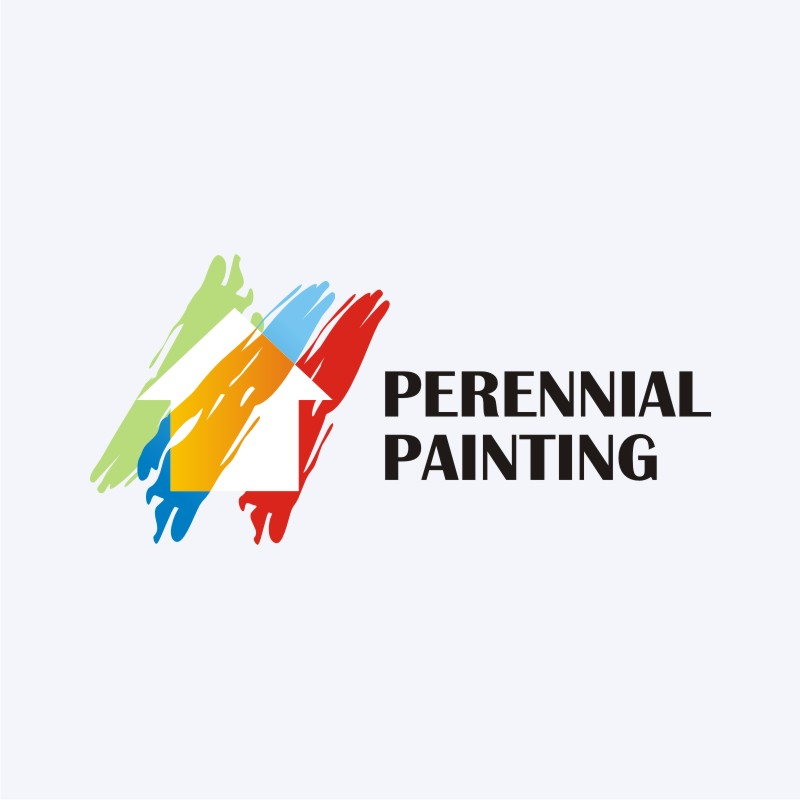Thorough Rundown For Prepping Your Wall Surfaces Before Applying Paint
Thorough Rundown For Prepping Your Wall Surfaces Before Applying Paint
Blog Article
Web Content Produce By-Binderup Lemming
When you're prepping your walls for painting, it's crucial to comply with a methodical procedure to guarantee a remarkable finish. Start by checking out the wall for any kind of damage; this action can make or break your job. When you've determined any type of concerns, cleaning the surface effectively is crucial, as a dirty wall surface can impact paint bond. Afterwards, you'll require to patch any type of imperfections and apply a guide. But there are specific methods and suggestions that can elevate your prep work game-- let's explore those additional to accomplish the best outcomes.
Assessing Wall Condition
Before you get your paintbrush, take a minute to examine your wall surfaces' problem. Check for any kind of noticeable damage like cracks, openings, or peeling off paint. These imperfections can impact how the paint adheres and looks once it's completely dry. If you observe any kind of substantial damage, you'll require to prioritize repair services prior to diving right into paint.
Look very closely at the texture of your wall surfaces. Is the surface smooth, or is there structure that might require unique factor to consider? Smooth walls usually call for less preparation, while distinctive surface areas might require even more time to paint uniformly.
Also, consider the previous paint task. If the old paint is glossy, it mightn't allow brand-new paint to stick appropriately. You'll want to know if your walls have actually been painted with oil-based or water-based paint, as this can impact your choice of guide or paint.
Finally, make note of any type of moisture concerns. If clicking here see signs of water damage or mold, address these problems right away to stop further difficulties.
Cleansing the Surface area
When you've evaluated the problem of your wall surfaces, the next action is cleansing the surface. Beginning by gathering your materials: a pail, cozy water, a moderate detergent, a sponge or fabric, and a scrub brush for tougher spots.
Begin at the top corner of the wall and work your means down. Mix the detergent with cozy water in your container, after that dip the sponge or fabric into the service. Wring it out to stay clear of excessive wetness on the walls.
As you clean up, pay very close attention to locations that might've collected dust, oil, or fingerprints. For stubborn discolorations, make use of the scrub brush delicately to prevent harming the paint under. Wash your sponge or towel often in tidy water to prevent spreading dust around.
After cleaning, it's necessary to wipe the wall surfaces with a moist fabric to eliminate any soap residue. This step makes certain a smooth surface for the new paint to follow.
Enable the walls to completely dry completely prior to going on to the following prep work steps. This detailed cleaning process will assist develop a fresh canvas for your painting job, guaranteeing the most effective outcomes.
Patching and Priming
Patching and priming are vital steps in preparing your wall surfaces for a fresh layer of paint. Initially, check your walls for any type of openings, splits, or blemishes. Make https://interior-painters-near-me54331.shoutmyblog.com/32439555/check-out-the-relationship-between-climate-and-business-paint-projects-and-discover-essential-methods-to-adjust-to-unpredictable-problems-for-accomplishing-the-very-best-outcomes-what-will-you-discover-next of a high-quality spackling compound or patching paste to fill these areas.
Apply the compound with a putty blade, smoothing it out so it's flush with the surrounding surface area. Permit it to dry totally, and afterwards sand it lightly up until it's smooth and even.
As soon as you've covered whatever, it's time to prime. Primer assists secure the patched areas, ensuring the paint adheres properly and supplies a consistent finish. Pick a primer ideal for your wall type and the paint you'll be using.
Apply the guide utilizing a roller for larger areas and a brush for corners and sides. If your covered areas are dramatically big or permeable, you may intend to use a 2nd layer of guide after the initial one dries out.
After priming, allowed every little thing completely dry extensively prior to going on to paint. This preparation won't only improve the look of your wall surfaces yet additionally lengthen the life of your paint job.
Take your time, and you'll be pleased with the outcomes.
Final thought
By complying with these straightforward actions, you can attain a smooth and professional coating on your wall surfaces. Begin by evaluating their condition, then tidy and spot any kind of imperfections prior to applying primer. Remember to allow sufficient drying time and guarantee every little thing is smooth before you study painting. With the right preparation, you'll establish the stage for a lovely improvement in your space. Now, collect your supplies, inhale the fresh air, and prepare to repaint!
